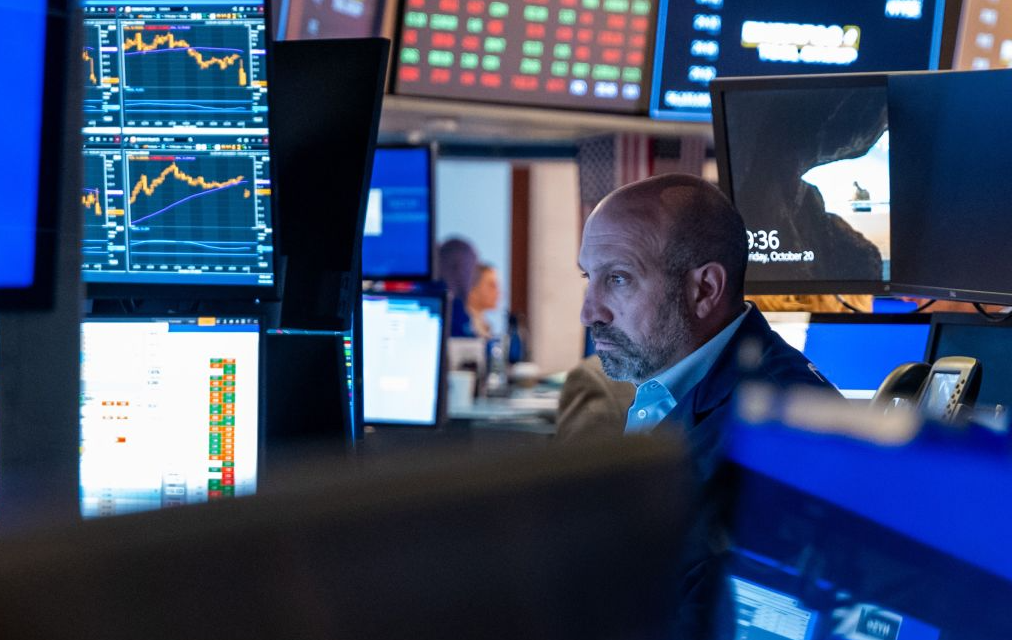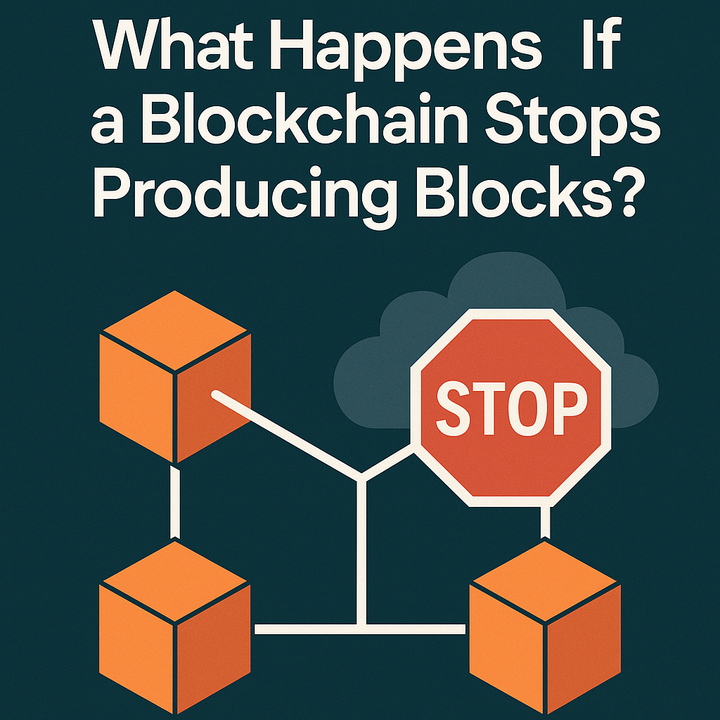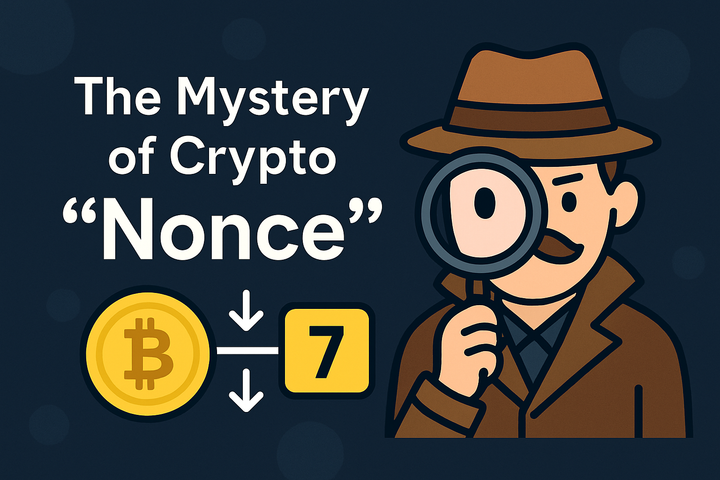Investing under pressure: how to avoid becoming a victim of hype and preserve capital

Investing is no longer the preserve of Wall Street pros. Nowadays, anyone with a smartphone and some spare cash can open a brokerage account, buy stocks, invest in cryptocurrency, or even become a shareholder in a fund. But along with this accessibility comes a new danger: hype. Under the influence of big news, social networks, and “hot” advice from bloggers, people are increasingly making emotional investments without realizing the real risks.

What is investment hype
Investment hype is a massive, often irrational desire to invest in a certain asset, caused not by fundamental analysis, but rather by an information wave. Examples:
· cryptocurrency boom in 2021;
· hype around GameStop and other “meme” stocks;
· hype around IPOs of high-profile startups.
Such events are accompanied by a sharp rise in prices, which does not always have an economic justification. People buy because “everyone is buying.”
Main investment risks
Risk of capital loss
Amid the excitement, the value of an asset can skyrocket in a matter of days, and then collapse just as quickly. At the time of purchase, a person can hit the peak price and lose most of their investment.

Liquidity
Not all assets can be quickly sold at a favorable price. In a panic, many try to exit at the same time, and the price falls even faster.
Information noise
Social networks, YouTube and Telegram channels create the illusion of understanding the market. In fact, most of these sources do not provide an objective picture, but play on emotions.

Psychological pressure
Fear of missing out (FOMO) makes people invest without analysis. Under the influence of the crowd, the ability to think rationally is lost.
Common Types of Investment Risks
|
Risk Type |
Description |
Typical Examples |
How to Mitigate |
|
Market
Risk |
Risk of
losses due to market fluctuations. |
Stock
prices dropping after economic news. |
Diversify
across sectors and asset classes. |
|
Liquidity
Risk |
Inability
to sell an asset quickly without losing value. |
Low-volume
stocks, real estate during crises. |
Avoid
illiquid assets, especially in volatile markets. |
|
Volatility
Risk |
Exposure
to large price swings over a short period. |
Cryptocurrencies,
small-cap stocks. |
Use
stop-loss orders, limit allocation to high-volatility assets. |
|
FOMO
(Emotional Risk) |
Acting
out of fear of missing out, not based on analysis. |
Buying
meme stocks during social media hype. |
Stick
to your investment plan and long-term goals. |
|
Regulatory
Risk |
Changes
in laws or government policies affecting investments. |
Ban on
crypto in certain countries. |
Stay
informed, avoid legal grey zones. |
|
Fraud/Scam
Risk |
Risk of
falling for misleading or fraudulent schemes. |
Ponzi
schemes, fake ICOs. |
Verify
platforms, avoid unregulated offers. |
|
Taxation
Risk |
Lack of
awareness of tax implications on gains. |
Unexpected
tax bills on crypto profits. |
Consult
a tax advisor before major moves. |
|
Interest
Rate Risk |
Impact
of rising/falling interest rates on fixed-income investments. |
Bond
values dropping as rates rise. |
Balance
between short- and long-duration bonds. |
Legal and tax implications
Newbie investors are often unaware of income taxation or which assets are in a legal grey area.
How to protect yourself
If some asset is growing sharply, this is not an excuse to rush out and buy it. Any investment should be justified: why are you investing, for how long, in what proportion.
Don't invest your last money
Investing is always a risk. Under no circumstances should you invest what you are not ready to lose or will not be able to get back in the near future.
Study the market, not the hype
Understand the basic principles: what are stocks, bonds, ETFs, how the crypto market works, what is P/E, volatility, diversification.
Avoid following "gurus" without analysis
Influencers often earn money from affiliate programs and advertising, not from investments. Their interests may not coincide with yours.

Plan a strategy
A clear investment plan with a horizon and goals helps to stay cool even during market turbulence.
Hype-Driven Investment Case Studies
|
Year |
Asset/Trend |
What Happened |
Why It Was Risky |
Outcome |
|
2021 |
Dogecoin |
Jumped
over 10,000% in value due to Elon Musk tweets and viral attention. |
No
intrinsic value or utility backing the price. |
Price
plummeted; many late buyers lost over 80% of their investment. |
|
2021 |
GameStop
(GME) |
Massive
short squeeze caused by Reddit community WallStreetBets. |
Driven
by social media, not fundamentals. |
Price
surged briefly, then crashed, hurting retail investors. |
|
2017 |
ICO
Boom |
Hundreds
of Initial Coin Offerings launched promising big returns. |
Many had
no product or roadmap; regulatory unclear. |
Majority
collapsed or disappeared within a year. |
|
2020 |
Zoom
Video Communications |
Skyrocketed
during pandemic as remote work surged. |
Valuation
ran ahead of fundamentals. |
Corrected
heavily after pandemic eased. |
|
2021 |
NFTs |
Digital
art and collectibles sold for millions. |
Illiquid,
speculative market with unclear long-term value. |
Market
cooled; many NFTs lost most of their value. |
|
2023 |
AI
Penny Stocks |
Surge
in tiny AI-related companies piggybacking off ChatGPT boom. |
Many
had no real AI products or revenue. |
SEC
warnings followed; prices corrected sharply. |
|
2008 |
Real
Estate Derivatives |
Complex
mortgage-backed securities traded widely. |
Hidden
risks, lack of transparency. |
Led to
global financial crisis. |
Conclusion
Investing is a powerful tool for capital growth, but only if you take a conscious approach. Hype and mass sentiment can create the illusion of easy profits, but behind this often lie risks that most are not prepared for. A cool mind, knowledge and strategy are what really protects an investor, not the crowd and emotions. Before investing, ask yourself: is this my decision or did I just succumb to pressure?



Comments ()